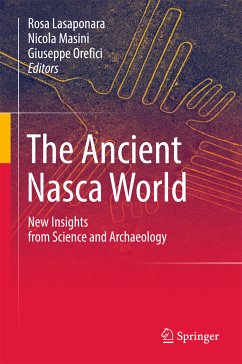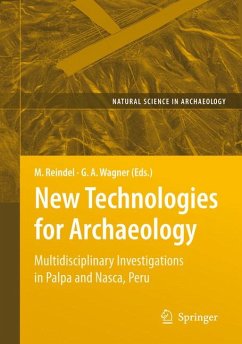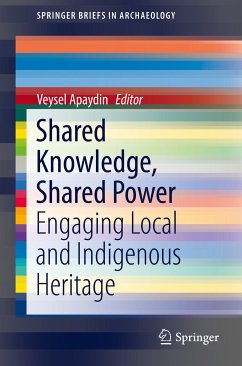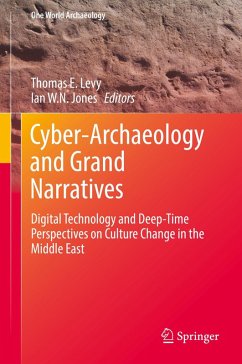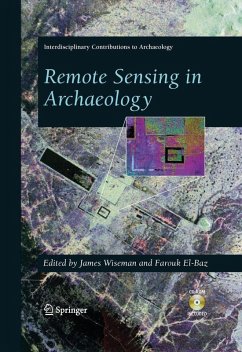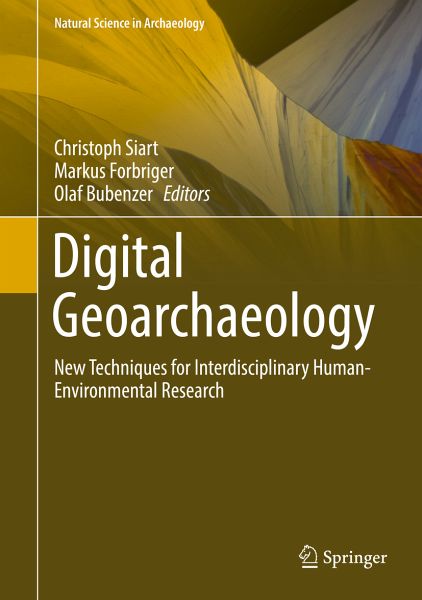
Digital Geoarchaeology (eBook, PDF)
New Techniques for Interdisciplinary Human-Environmental Research
Redaktion: Siart, Christoph; Bubenzer, Olaf; Forbriger, Markus
Versandkostenfrei!
Sofort per Download lieferbar
72,95 €
inkl. MwSt.
Weitere Ausgaben:

PAYBACK Punkte
36 °P sammeln!
This book focusses on new technologies and multi-method research designs in the field of modern archaeology, which increasingly crosses academic boundaries to investigate past human-environmental relationships and to reconstruct palaeolandscapes. It aims at establishing the concept of Digital Geoarcheology as a novel approach of interdisciplinary collaboration situated at the scientific interface between classical studies, geosciences and computer sciences. Among others, the book includes topics such as geographic information systems, spatiotemporal analysis, remote sensing applications, laser...
This book focusses on new technologies and multi-method research designs in the field of modern archaeology, which increasingly crosses academic boundaries to investigate past human-environmental relationships and to reconstruct palaeolandscapes. It aims at establishing the concept of Digital Geoarcheology as a novel approach of interdisciplinary collaboration situated at the scientific interface between classical studies, geosciences and computer sciences. Among others, the book includes topics such as geographic information systems, spatiotemporal analysis, remote sensing applications, laser scanning, digital elevation models, geophysical prospecting, data fusion and 3D visualisation, categorized in four major sections. Each section is introduced by a general thematic overview and followed by case studies, which vividly illustrate the broad spectrum of potential applications and new research designs. Mutual fields of work and common technologies are identified and discussed from different scholarly perspectives. By stimulating knowledge transfer and fostering interdisciplinary collaboration, Digital Geoarchaeology helps generate valuable synergies and contributes to a better understanding of ancient landscapes along with their forming processes.
Chapters 1, 2, 6, 8 and 14 are published open access under a CC BY 4.0 license at link.springer.com.
Chapters 1, 2, 6, 8 and 14 are published open access under a CC BY 4.0 license at link.springer.com.
Dieser Download kann aus rechtlichen Gründen nur mit Rechnungsadresse in A, B, BG, CY, CZ, D, DK, EW, E, FIN, F, GR, HR, H, IRL, I, LT, L, LR, M, NL, PL, P, R, S, SLO, SK ausgeliefert werden.



